
The religious genre is profoundly spiritual and sincere art
The religious genre is a segment of art in which the artist, through images and forms, embodies faith in the existence of higher powers and worship in the artwork. The religious genre exists not only in painting, graphics, sculpture, and architecture but also in literature, music, choreography, cinematography, and various forms of decorative and applied arts. The primary purpose of works with a religious focus is to convey deep moral messages to the viewer and strengthen a person's faith in God.
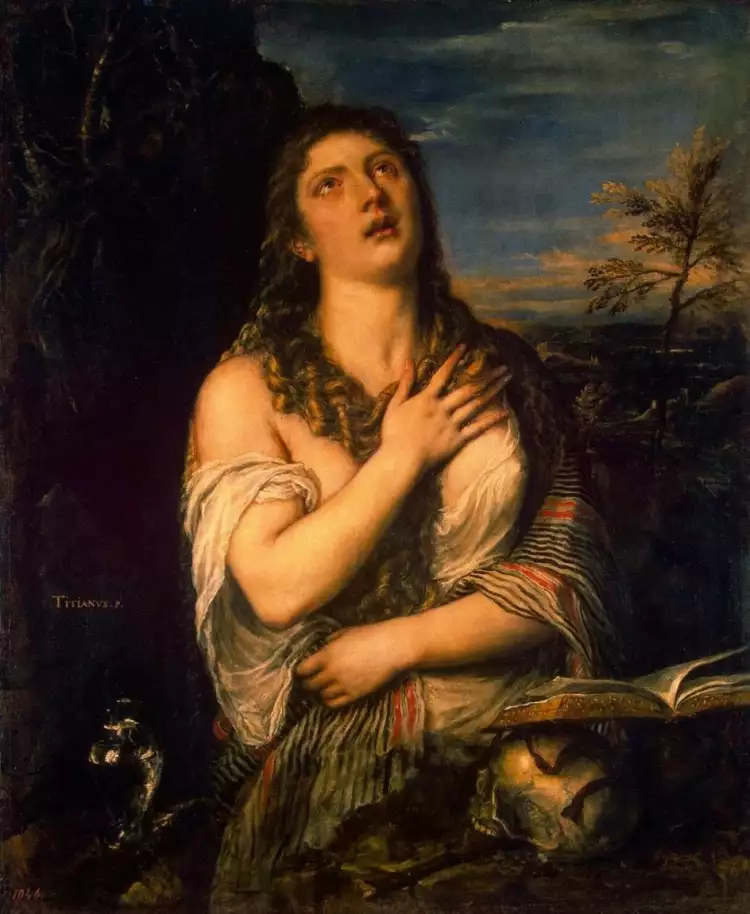 The religious genre. Titian. Penitent Magdalene, 1565
The religious genre. Titian. Penitent Magdalene, 1565
The religious genre in European Christian painting is traditionally considered the most important part of the historical genre. It encompasses all works by artists on biblical themes, regardless of style and time of creation.
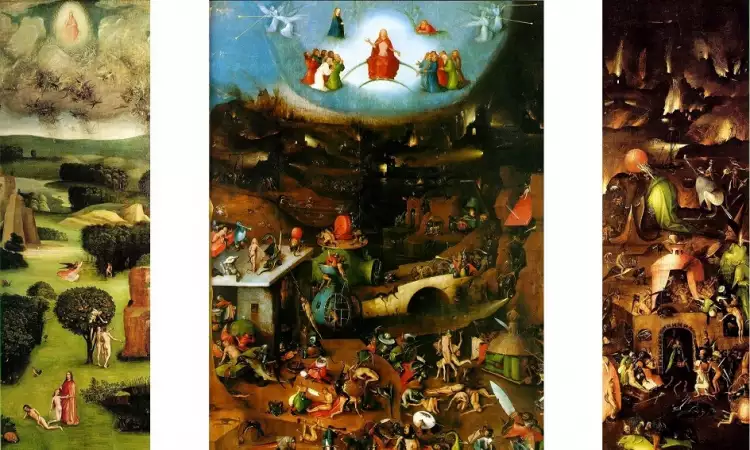 The religious genre. Hieronymus Bosch. The Last Judgment, 1482
The religious genre. Hieronymus Bosch. The Last Judgment, 1482
Characteristics of the manifestation of the religious genre in different religions
Religious genre in art is present in all world belief systems but in different forms. Since ancient times, various expressive forms of art have been used in solemn cult events:
- Recitation of sacred texts and choral singing.
- Theatrical processions and ritual dances.
- Special lighting and music.
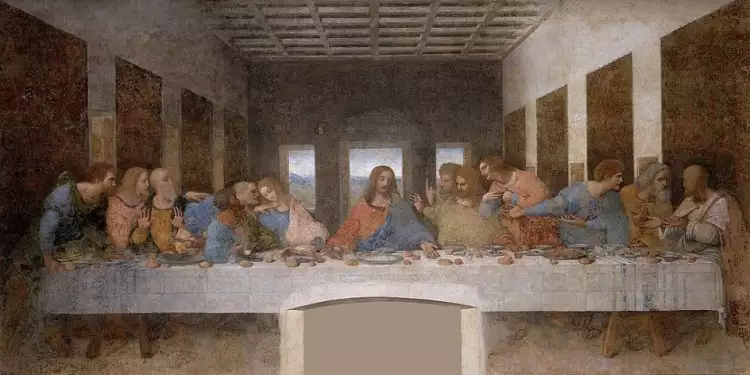 The religious genre. Leonardo da Vinci. The Last Supper, 1498
The religious genre. Leonardo da Vinci. The Last Supper, 1498
The most significant form of art for strengthening people's faith in God has been and continues to be architecture. Magnificent temple complexes were created by outstanding architects in all eras:
- In Ancient Egypt and Mesopotamia.
- In India and China.
- In Africa and America.
- In Ancient Rome and Greece.
- In Christian Europe and Muslim states.
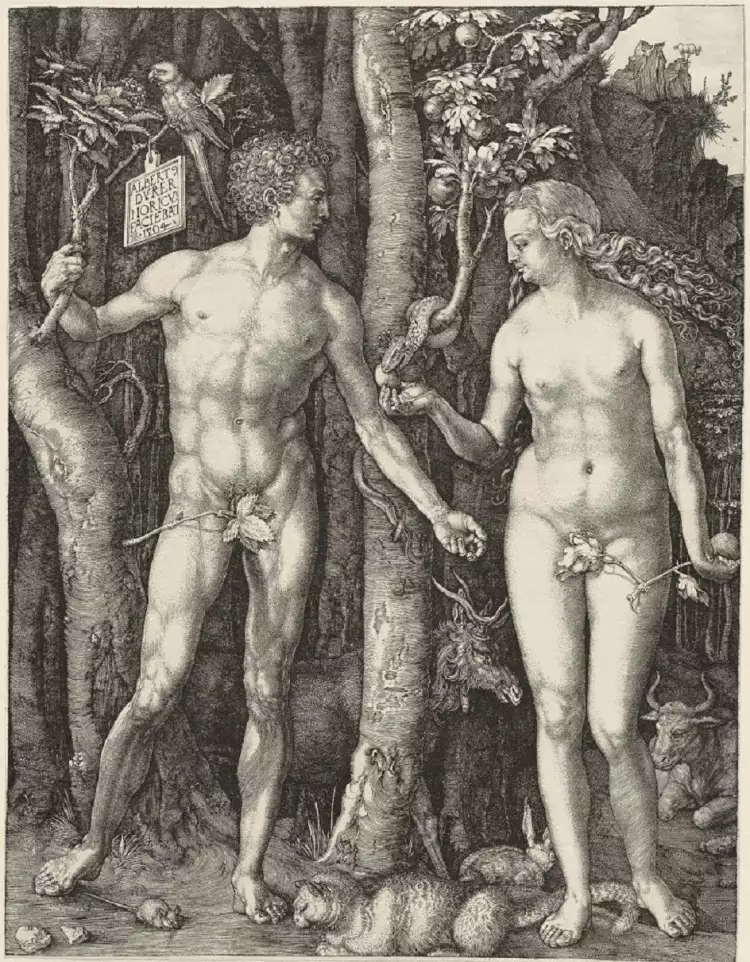 The religious genre. Albrecht Dürer. Adam and Eve, 1504
The religious genre. Albrecht Dürer. Adam and Eve, 1504
In Christian culture, in addition to architecture, the theme of higher powers was widely used in painting:
- Iconography.
- Artistic frescoes on the walls of temples and altars.
- Mosaics.
- Paintings.
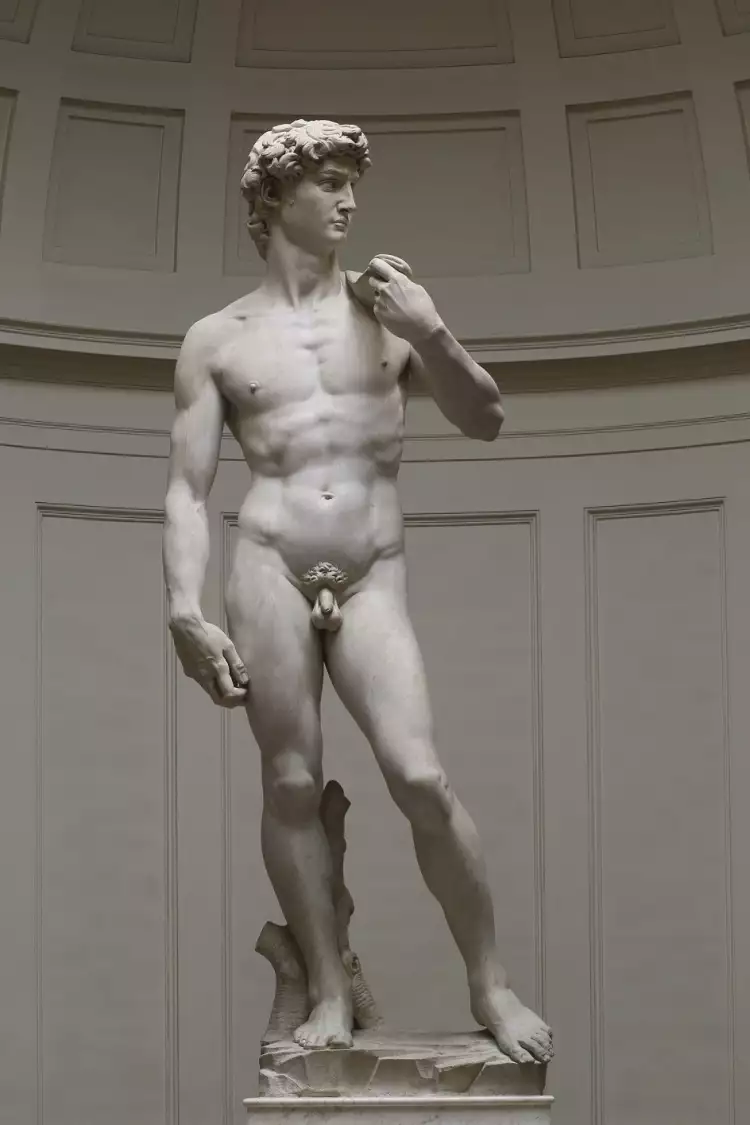 The religious genre. Michelangelo. David, 1504
The religious genre. Michelangelo. David, 1504
In Islam, due to restrictions on the representation of people and animals for the artistic decoration of mosques, architects used geometric patterns, arabesques, and calligraphic elements.
The History of the Religious Genre in European Art
The history of the religious genre in Christian culture dates back to the 2nd century AD. During those times, Christians faced persecution from pagan rulers of the Roman Empire, so the work of artists was limited to creating illuminated biblical texts and frescoes in the catacombs.
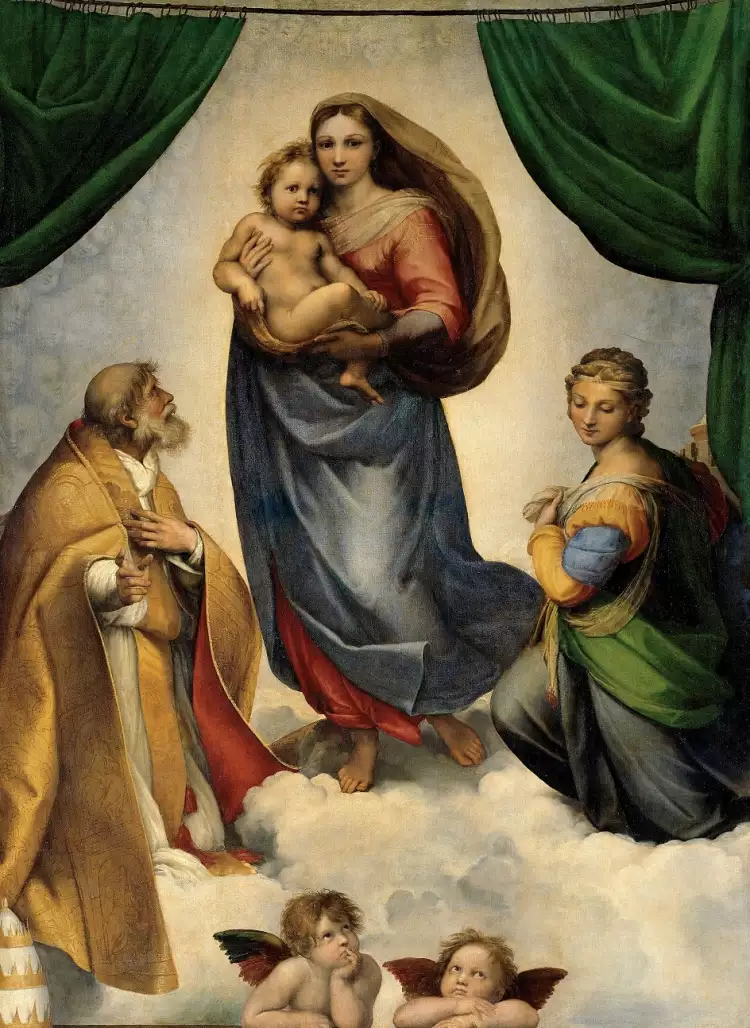 The religious genre. Raphael. Sistine Madonna, 1514
The religious genre. Raphael. Sistine Madonna, 1514
In 312 AD, Constantine the Great converted to Christianity and moved the capital of the Roman Empire to New Rome - Constantinople. From that point on, there was a rapid development of the genre in architecture, painting, and sculpture.
In the Byzantine Empire, until its fall in 1453, there was significant construction of magnificent temples, fresco wall painting rapidly gained popularity, a unique school of icon painting was formed, and mosaics on biblical themes were created.
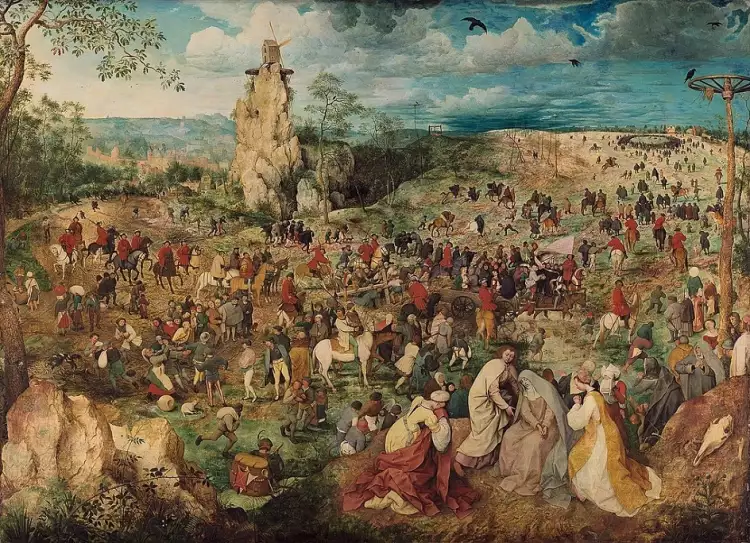 The religious genre. Pieter Bruegel the Elder. The Procession to Calvary, 1564
The religious genre. Pieter Bruegel the Elder. The Procession to Calvary, 1564
From Byzantium, the religious genre gradually spread to all countries in Western and Eastern Europe with the adoption of Christianity. In Kievan Rus and later in the Principality of Moscow, icon painting became a crucial form of painting.
Andrei Rublev made a significant contribution to the development of the religious genre in the ancient Russian state. This brilliant master, now recognized as a saint by the Orthodox Church, created deeply spiritual icons and fresco paintings. Unfortunately, most of his works have not survived to the present day.
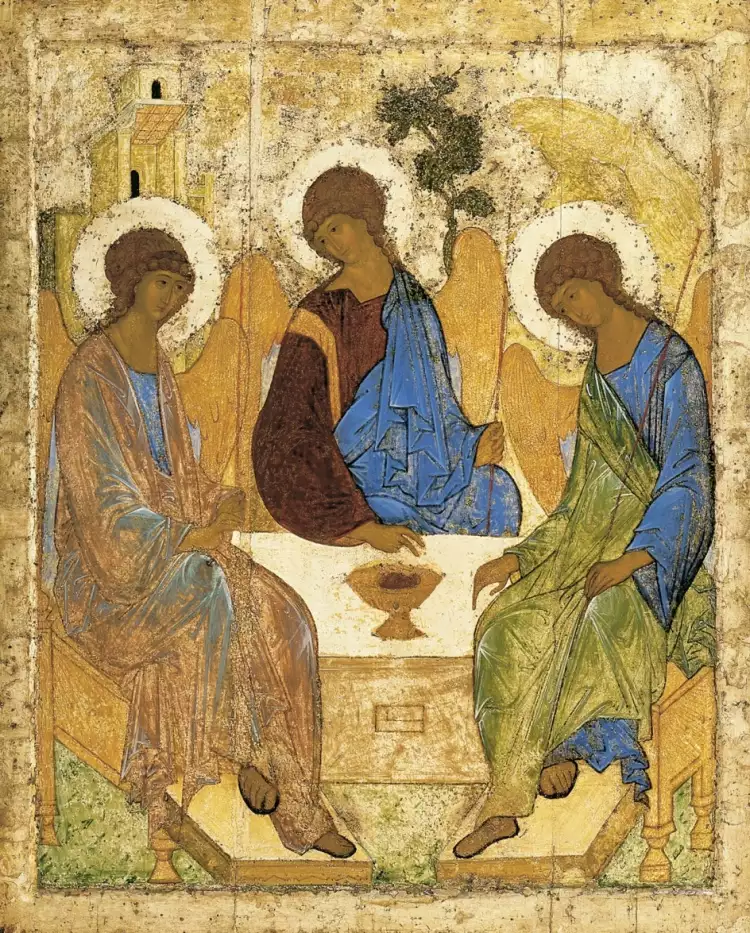 The religious genre. Andrei Rublev. Trinity, 1425
The religious genre. Andrei Rublev. Trinity, 1425
In Western Europe during the Middle Ages, the genre dominated in the visual arts. Unique Gothic cathedrals were constructed in cities like Paris, Cologne, Reims, Amiens, York, and others, glorifying the greatness of God.
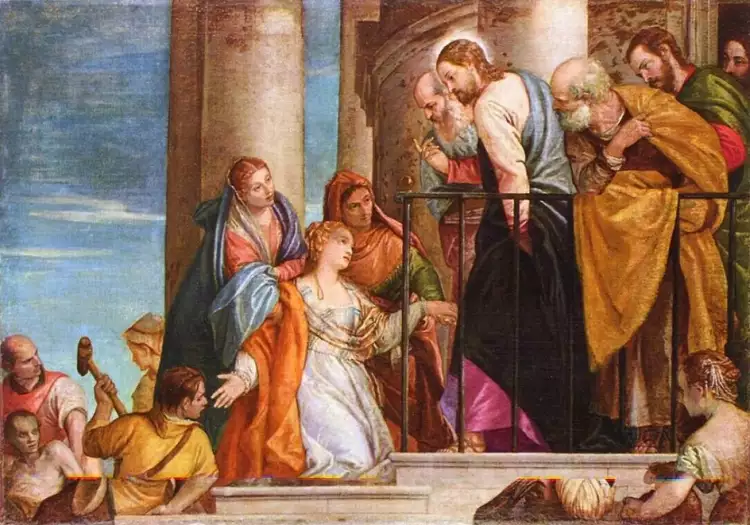 The religious genre. Paolo Veronese. Resurrection of the Widow of Nain's Son, 1565
The religious genre. Paolo Veronese. Resurrection of the Widow of Nain's Son, 1565
During the Renaissance, there was a rapid increase in interest in painting and sculpture with biblical themes. Representatives of the church became the largest patrons of celebrated masters until the beginning of the 17th century. The greatest geniuses of that time devoted a significant part of their lives to creating:
- Large frescoes.
- Unique altar paintings.
- Sculptural compositions and reliefs.
- Paintings, engravings, and illustrations of Holy Scripture.
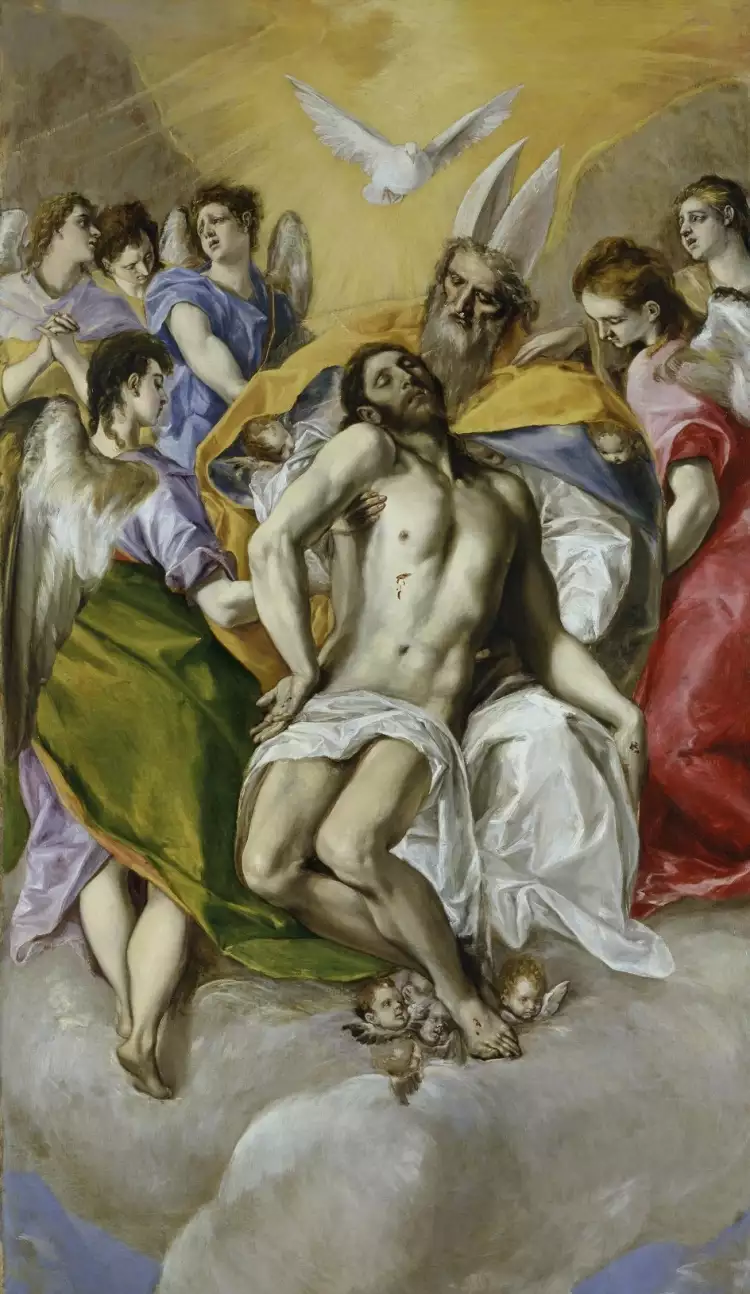 The religious genre. El Greco. Holy Trinity, 1579
The religious genre. El Greco. Holy Trinity, 1579
In the middle of the 17th century, the art market began to change rapidly. New wealthy patrons emerged from successful merchants and rulers. The religious genre was rapidly losing its dominant position. There was an increasing demand for portraits, landscapes, works with battle scenes, historical, and mythological themes.
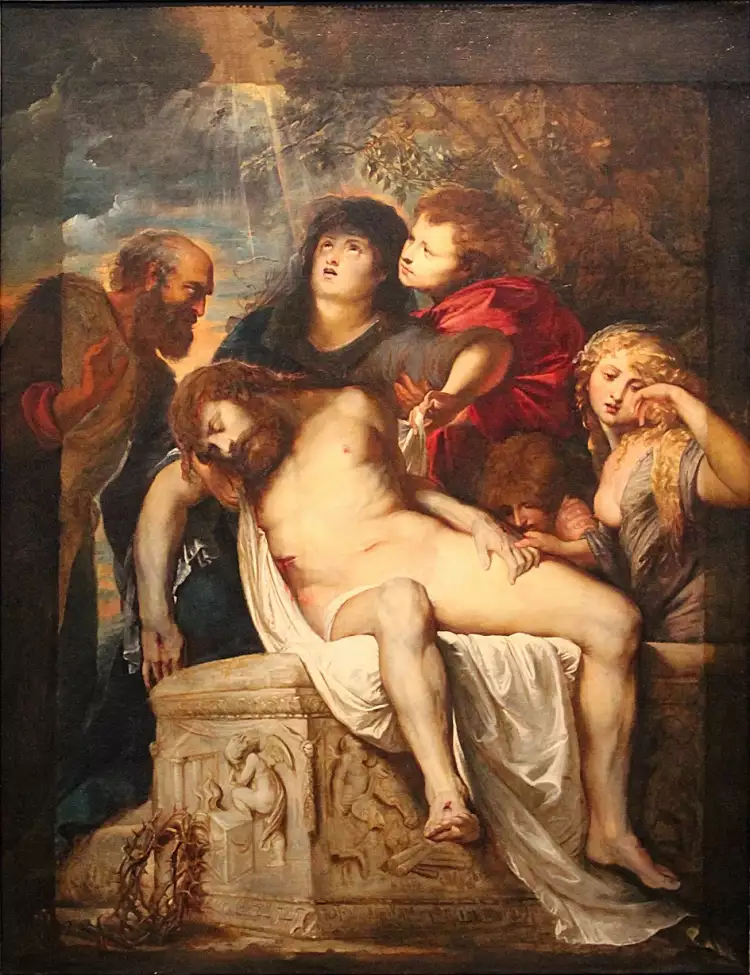 The religious genre. Peter Paul Rubens. Position in the tomb, 1602
The religious genre. Peter Paul Rubens. Position in the tomb, 1602
In the following centuries, the interest of patrons in paintings and sculptures with biblical subjects continued to wane. Artists preferred to create works on other topics that found buyers more quickly and reflected the current demands of society. This trend continues to this day.
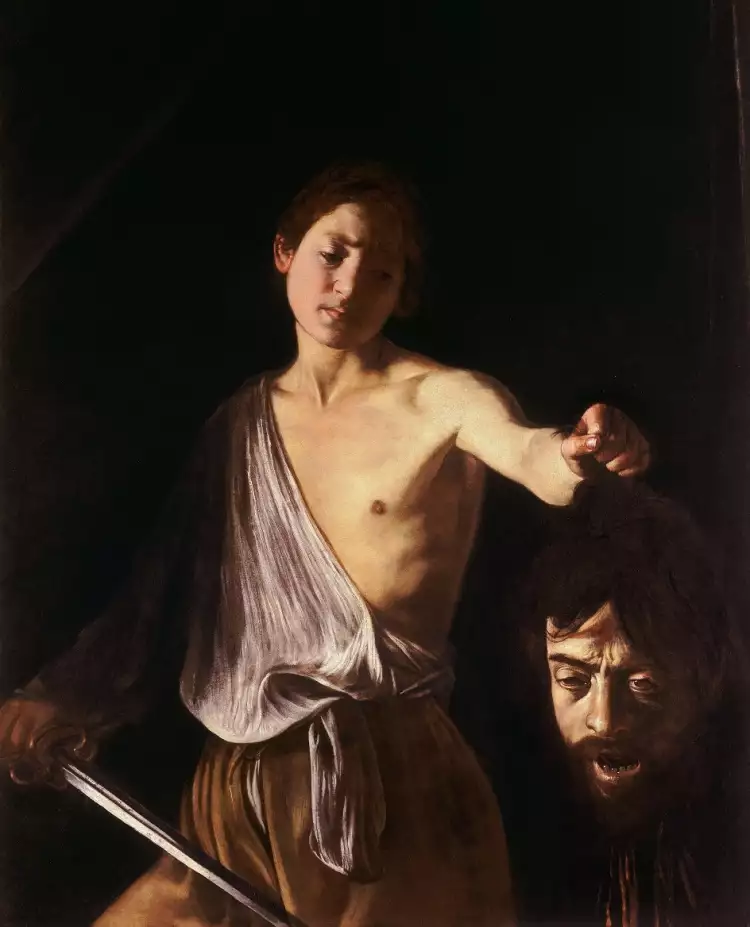 The religious genre. Caravaggio. David with the Head of Goliath, 1610
The religious genre. Caravaggio. David with the Head of Goliath, 1610
Prominent Artists of the Religious Genre
Many painting and sculpture geniuses are considered famous artists of the religious genre. The greatest masters of the Renaissance constantly turned to this theme in their work. Among them were:
- Raffaello Santi - the author of the famous "Sistine Madonna" and dozens of other images of the Virgin Mary, an unparalleled master of altar painting, and the architect of the Vatican.
- Michelangelo Buonarroti - the greatest sculptor of the Renaissance. His unique sculptural representations of saints still adorn the ancient churches of Italian cities.
- Leonardo da Vinci - the author of "The Last Supper," a fresco in the Dominican monastery in Milan. A unique figure in the history of the Renaissance, an outstanding inventor, scientist, painter, and thinker.
- Jheronimus Bosch - the most mysterious and original painter in our list. The author of altarpieces with symbolic artistic representations.
- Albrecht Dürer - the greatest master of world religious engraving. The creator of magnificent etchings and woodcuts from the Old and New Testaments.
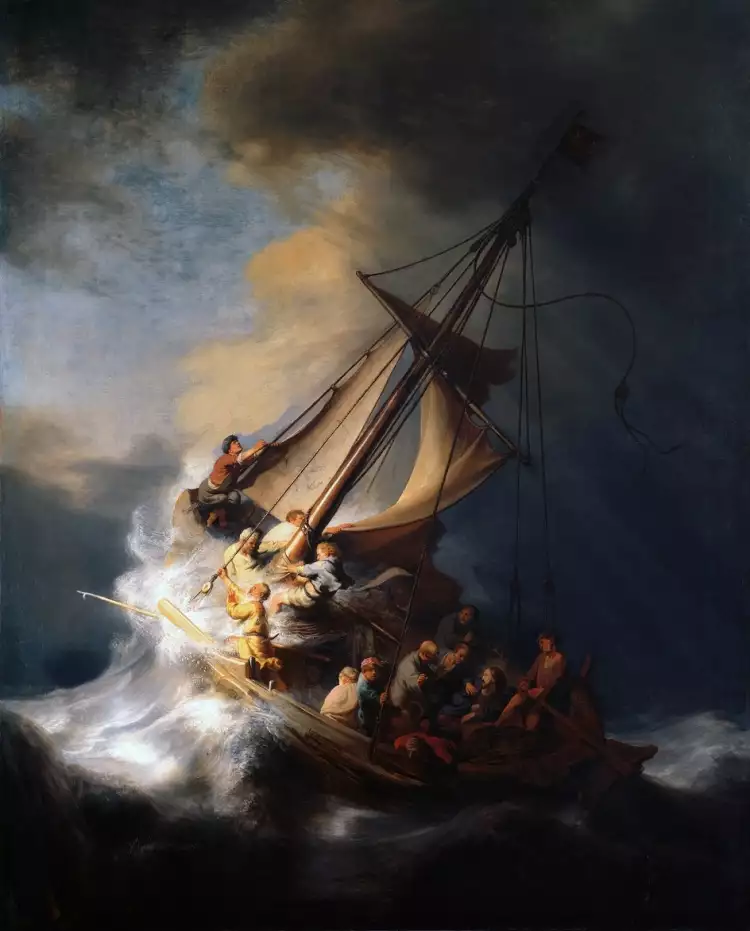 The religious genre. Rembrandt van Rijn. The Storm on the Sea of Galilee, 1633
The religious genre. Rembrandt van Rijn. The Storm on the Sea of Galilee, 1633
Masterpieces of the religious genre in art continue to evoke feelings of admiration and spiritual awe in viewers today. They compel people to contemplate eternal truths and provide hope.
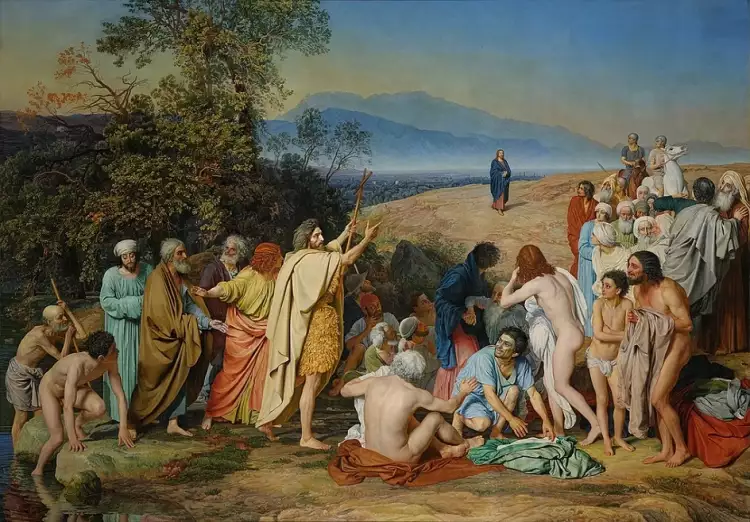 The religious genre. Alexander Andryevich Ivanov. The Appearance of Christ Before the People, 1857
The religious genre. Alexander Andryevich Ivanov. The Appearance of Christ Before the People, 1857
On the Very Important Lot website, collectors and connoisseurs of antique art can participate in art auctions and vie for the right to purchase unique antique items. The site also offers the opportunity for anyone interested to directly purchase paintings, sculptures, and icons from contemporary artists.
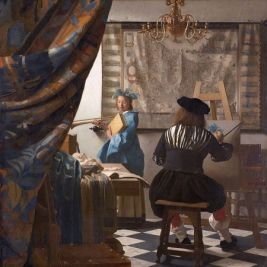 An artist is a tireless creator of masterpieces of art
An artist is a tireless creator of masterpieces of art 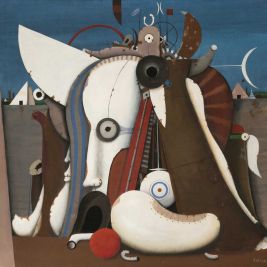 Experience the Grandeur at Wettmann Auktionshaus an der Ruhr's Art and Antique Auction
Experience the Grandeur at Wettmann Auktionshaus an der Ruhr's Art and Antique Auction 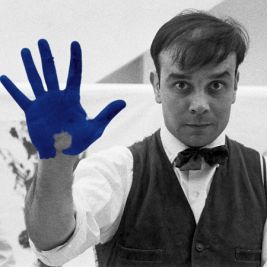 Yves Klein: biography, creative works, the best paintings of the French artist
Yves Klein: biography, creative works, the best paintings of the French artist 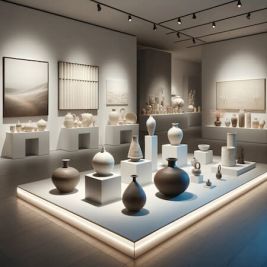 Ceramics as Fine Art: The Evolution from Craft to High Culture
Ceramics as Fine Art: The Evolution from Craft to High Culture 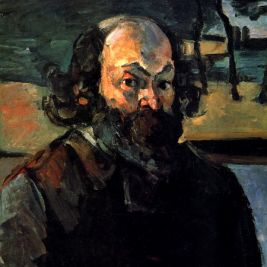 Paul Cézanne: Biography, Artistic Career, and the Artist's Masterpieces
Paul Cézanne: Biography, Artistic Career, and the Artist's Masterpieces  Silver of Great Britain - History, Styles, and Hallmarks
Silver of Great Britain - History, Styles, and Hallmarks 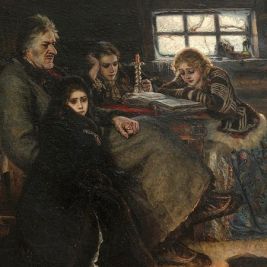 The painting "Menshikov in Berezovo" by Vasily Surikov is a dramatic depiction of the life of the disgraced prince
The painting "Menshikov in Berezovo" by Vasily Surikov is a dramatic depiction of the life of the disgraced prince 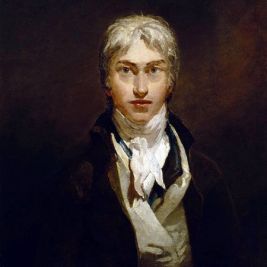 William Turner—the greatest British artist of all time
William Turner—the greatest British artist of all time 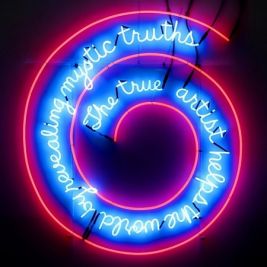 Conceptualism is an art in which the idea is always more important than the form of the work: the essence, characteristics, history
Conceptualism is an art in which the idea is always more important than the form of the work: the essence, characteristics, history 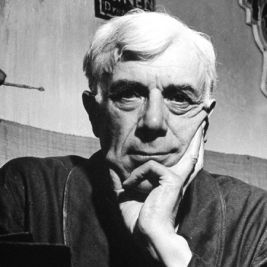 Georges Braque - the founder of Cubism in world art
Georges Braque - the founder of Cubism in world art